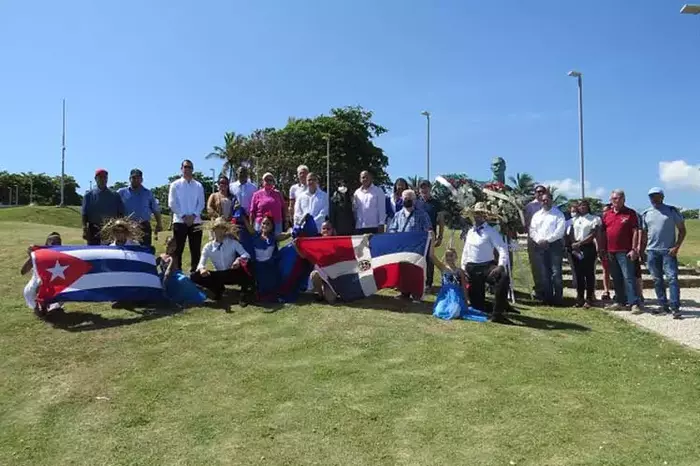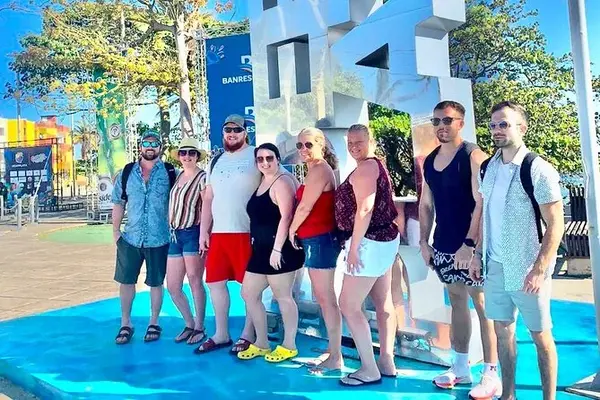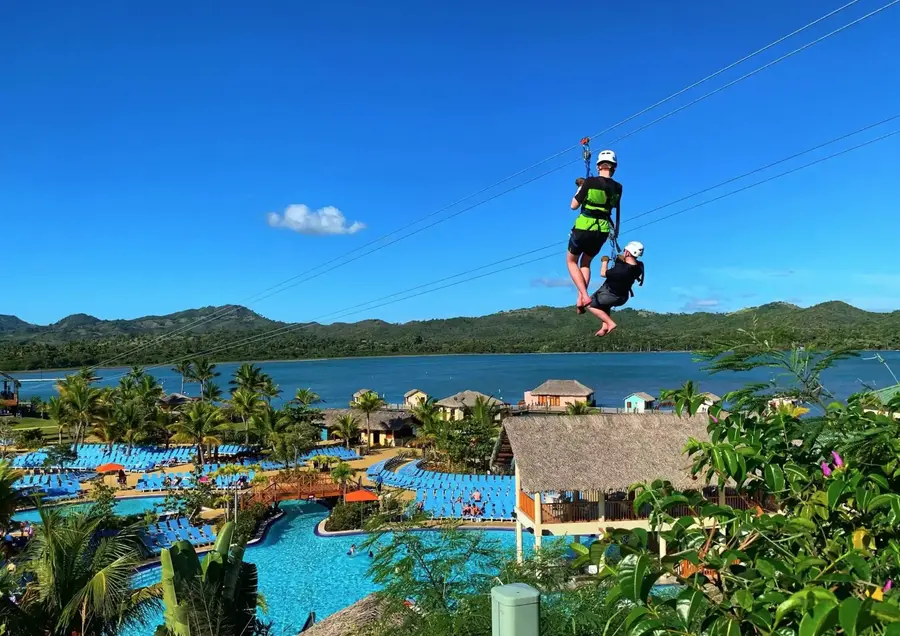Bust of Antonio Maceo Grajales
Antonio Maceo and his brother Mateo arrive in Puerto Plata
February 11, 1880 is a day of glory in the annals of Puerto Plata. Just like Betances and Hostos in 1875, the Cuban leader Antonio Maceo set foot on its shores. He arrived on the English ship Solent. Cubans, Puerto Ricans, Dominicans joyfully gathered to welcome him, and from the moment of his arrival, it was all sympathy and compliments for the hero who had ignited the American soul so many times. To his great fortune, he was reunited with some fighters who had been his comrades in the wilderness. Among them was his brother Marcos.
Thus begins Emilio Rodríguez Demorizi - a commendable researcher to whom we will always be indebted for his fruitful work of documentation and dissemination of our history - one of the chapters of his book Maceo in Santo Domingo (1945; 1978). The book is dedicated to documenting the Cuban patriot's visit to our country, who was the son of Mariana Grajales Cuello, a Dominican origin, and was baptized in Santiago de Cuba by the Dominican priest Manuel Miura Caballero.
The book is also dedicated to acknowledging the support provided to the cause of Cuban freedom by figures such as Gregorio Luperón, Ulises Heureaux, and other personalities and institutions from our territory. They had to overcome the persistent pressures from the authorities of Spain in the Antilles, whose valuable possessions of Cuba and Puerto Rico remained under their sovereignty until 1898 when the military intervention of the United States in the war being fought by the Cuban patriots definitively tipped the balance in Spain's disfavor.
The Treaty of Paris, signed between Spain and the United States, formalized Spain's renunciation of "all right of sovereignty and property over Cuba," and also ceded its possessions of Puerto Rico, the island of Guam, and the Philippines to the emerging power in the North. The United States committed to paying $20 million to Spain.
Antonio Maceo had joined the Liberation Army at the beginning of the first war of independence in Cuba, which began in October 1868, led by Carlos Manuel de Céspedes from his La Demajagua estate and lasted for 10 years until the so-called Peace of Zanjón. In a letter to his wife from him on May 26, 1872, Céspedes noted the following: "Gómez (Máximo) introduced Colonel Antonio Maceo to me. He is a young mulatto, tall, stout, with a friendly face and great personal courage. " Since October 1871, he had held the position of Chief of Operations under Máximo Gómez, with whom he trained in guerrilla warfare strategy and the machete charge, which was successfully applied during our Restoration War.
When he arrived in the Bride of the Atlantic in 1880, he was a fighter who, when the agreement ending the Cuban war was reached in 1878, bore 26 bullet wounds and one of a bladed weapon imprinted on his body like a heroic tattoo. From then on, he would move around like a fish in water among Jamaica, Haiti, Saint Thomas, Turks and Caicos Islands, Santo Domingo, Honduras, Costa Rica, Panama, New York, and other destinations, evading persecutions and assassination attempts, with the fixed idea of "forming a new Republic assimilated to our sister Santo Domingo," as he proclaimed in March 1878.
The Dominican contribution to Cuban independence is well known, which was not only marked by the prominent military presence of leading figures such as Máximo Gómez-who fought in the Ten Years' War and Antonio Maceo and his brother Mateo arrive in Puerto Plata.
On February 11, 1880, a glorious day is recorded in the annals of Puerto Plata. Just like Betances and Hostos in 1875, the Cuban leader Antonio Maceo set foot on its shores. He arrived on the English ship Solent. Cubans, Puerto Ricans, Dominicans, joyfully gathered to welcome him, and from the moment of his arrival, there was nothing but sympathy and praise for the hero who had ignited the American soul so many times. To his great fortune, he was reunited with some fighters who had been his companions in the battlefields. Among them was his brother Marcos.
This is how Emilio Rodríguez Demorizi begins one of the chapters of his work "Maceo en Santo Domingo" (1945; 1978) - an esteemed researcher to whom we will always be indebted for his fruitful work of documentation and dissemination of our history. The book is dedicated to documenting the visit of the Cuban patriot, son of Mariana Grajales Cuello, a Dominican origin, who was baptized in Santiago de Cuba by the Dominican priest Manuel Miura Caballero.
The book also devotes itself to acknowledging the support provided to the cause of Cuban freedom by figures such as Gregorio Luperón, Ulises Heureaux, and other personalities and institutions from our territory. They had to navigate the persistent pressures from the Spanish authorities in the Antilles, whose valuable possessions of Cuba and Puerto Rico remained under their sovereignty until 1898. It was when the military intervention of the United States.



